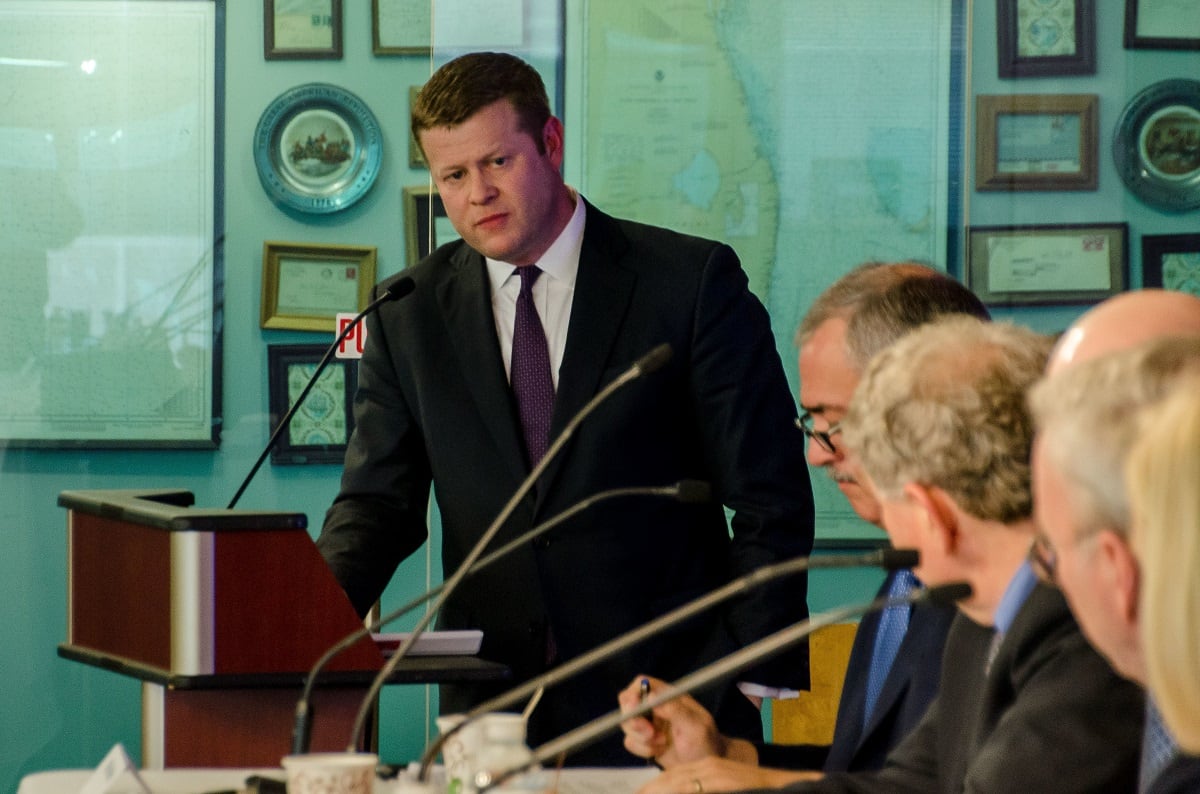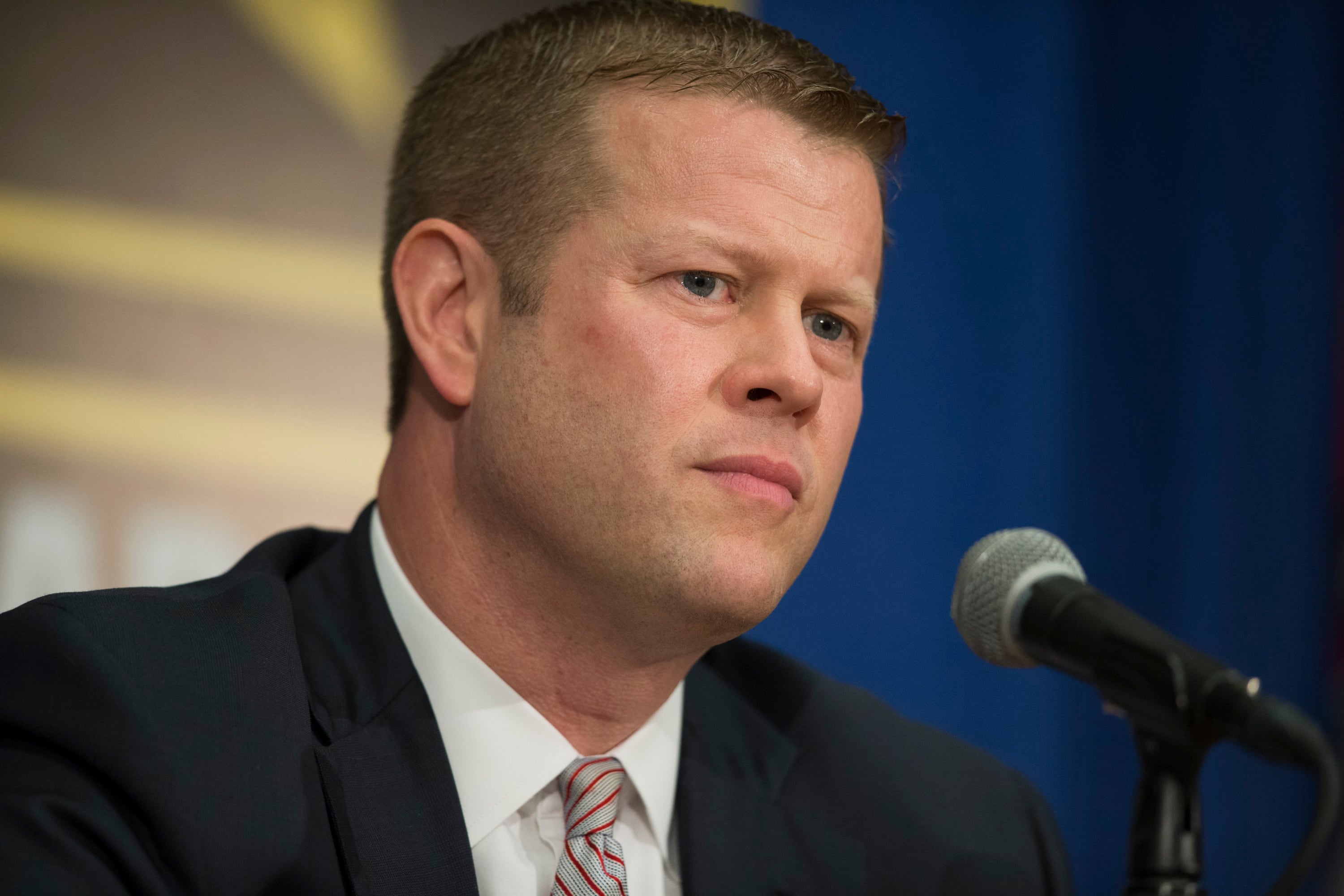WASHINGTON — After whittling down a list of more than 150 cities to five, the U.S. Army has decided on Austin, Texas, for its new four-star command designed to tackle modernization priorities that will help it fight the next wars.
Questions on the distance from the Pentagon and other major four-star commands have cropped up overnight as well as whether or not the Army will struggle to fit in and be accepted by hip, anti-establishment entrepreneurs with whom it hopes to collaborate to gain a vast technological edge against peer adversaries.
The Army Futures Command was stood up in October at the Association of the U.S. Army’s annual conference in Washington. The plan is to realign the Army’s modernization priorities under a new organization that will implement cross-functional teams that correspond with the service’s top six modernization efforts: Long-Range Precision Fires, Next-Generation Combat Vehicle, Future Vertical Lift, the network, air and missile defense, and soldier lethality.
RELATED

These priorities address gaps the Army found — as it looked toward fighting complex, hybrid wars against near-peer adversaries — as the result of a focus on asymmetric warfare and counterinsurgency operations over the past 15 years.
“We are in the midst of a change in the very character of war,” Army Chief of Staff Gen. Mark Milley said at a July 13 Pentagon press briefing. “And we don’t, and didn’t, have the organization solely dedicated to that.”
While other commands had modernization efforts built in, “it was spread out all over the place and no one was solely dedicated to looking into the deep future and determining the implications to the U.S. Army,” he said. “We needed to dedicate a single organization to that and thereby streamline and consolidate and bring unity of command and purpose to the Army for the development of our future capabilities. That is why. That is the reason.”
The Army believes Austin will provide the new command with the tools to be disruptive, innovative and break the entire service out of the archaic industrial age, allowing it to effectively focus on modernizing and preparing for future, more complex operations.
RELATED

Austin beat out a short list of Boston, Massachusetts; Minneapolis, Minnesota; Raleigh, North Carolina; and Philadelphia, Pennsylvania. “The choice was very difficult, but we ultimately had to make a choice that was best for the U.S. Army,” Army Under Secretary Ryan McCarthy told reporters during the briefing.
The service developed a model and criteria to assess cities using an outside firm and then validated the findings through its own internal studies and analysis as well as through a federally funded research and development center to narrow the search.
The Army focused on six major criteria to choose Austin: proximity to science, technology, engineering and mathematics workers and industries; proximity to private sector innovation; academic STEM and research and development investment; quality of life; cost; and civic support.
“I laid out the six variables. Austin scored the highest,” McCarthy said.
Additionally, the Army looked beyond those metrics and envisioned “how each city ecosystem would support our modernization efforts and priorities vertically from concept to capability to solution,” McCarthy said. “We do not have time to build this ecosystem; it needs to be ready immediately.”
The Army found Austin had access to academia, industry and mature entrepreneurial incubator hubs “to give our leaders placement and access to talent, ideas, collaboration and willingness to help us build the culture we need,” McCarthy said.
While the service will have a headquarters established in an office building in downtown Austin for leadership, it will also embed personnel within incubator hubs already well established in the city, places where entrepreneurs sit in a “sea of laptops” collaborating on big problems and ideas, McCarthy described.
The Army has acknowledged the strength of entrepreneurialism, and “these incubator hubs are really challenging these big corporations,” McCarthy added. This is why, for example, there is a growth of venture capital arms within major defense firms, he explained.
“This is where collaboration, networking and innovation is happening daily at rates that cannot be duplicated on an Army post or industrial park,” he said.
When asked how the Army can be confident it would be accepted by entities like academia and entrepreneurial hubs that are inherently culturally different from the military, McCarthy said there has been an “overwhelming level of support” and a desire for the Army to be there from each city that made it to the top-five list. “I can’t emphasize that enough,” he said.
McCarthy said there is already an advance team heading to Austin that will be there to initially stand up the command. He also said an incentives package has been offered by the state of Texas.
The Army is working through the details of the incentives package and has not yet inked a deal, “but we have the offer on the table,” he said.
RELATED

Milley noted that the establishment of Army Futures Command in Austin is only beginning — its initial operational capaiblity — but it will reach a full operational capability in one year from now.
“It will take one year,” he said, “to stand this command up, have all of its processes fleshed out, have all of the people assigned and to start seeing some initial results.”
Army Secretary Mark Esper added that much is likely to change over time. “We have to be comfortable operating in the gray over time. There may be things that we pull into the organization and move them back out as we evolve and learn. … That is part of the culture that we are trying to build, is flexibility to adapt your organization, your processes to the needs of the time.”
Jen Judson is an award-winning journalist covering land warfare for Defense News. She has also worked for Politico and Inside Defense. She holds a Master of Science degree in journalism from Boston University and a Bachelor of Arts degree from Kenyon College.






